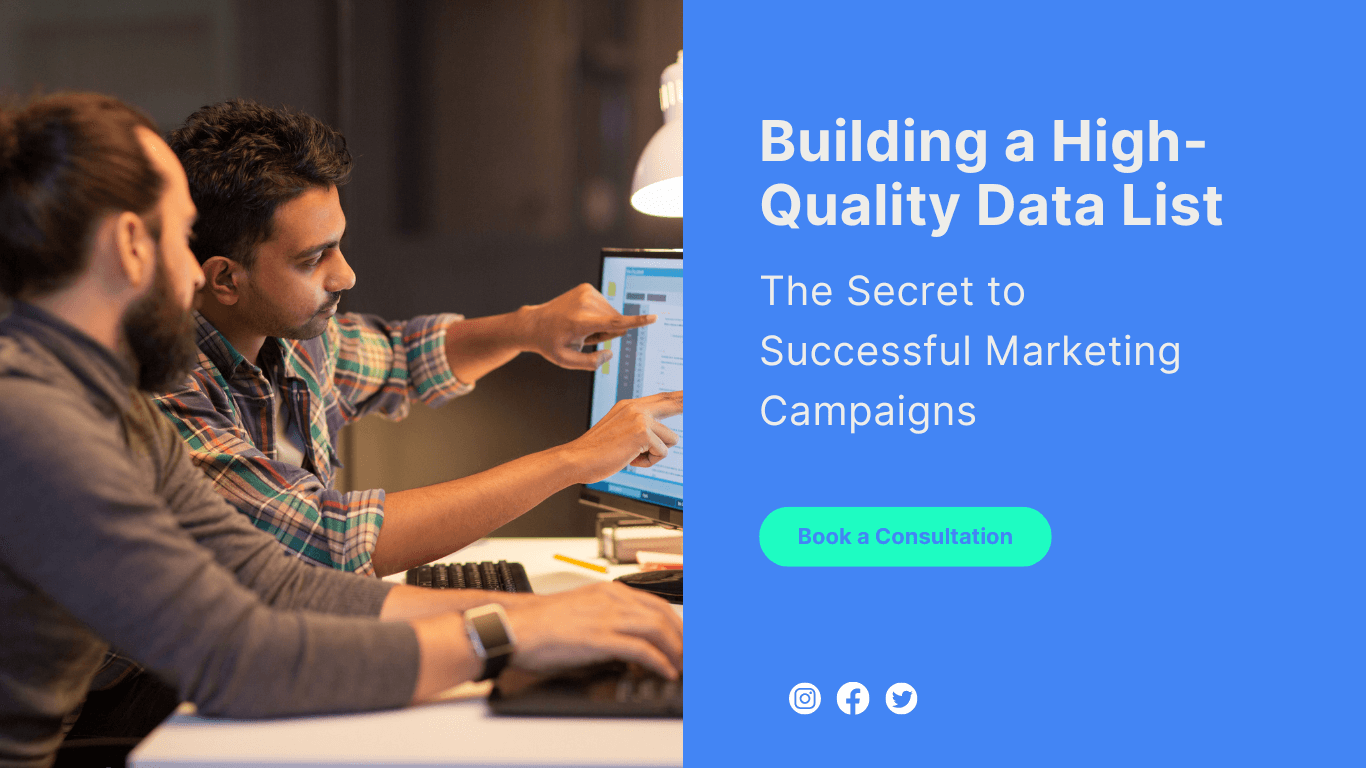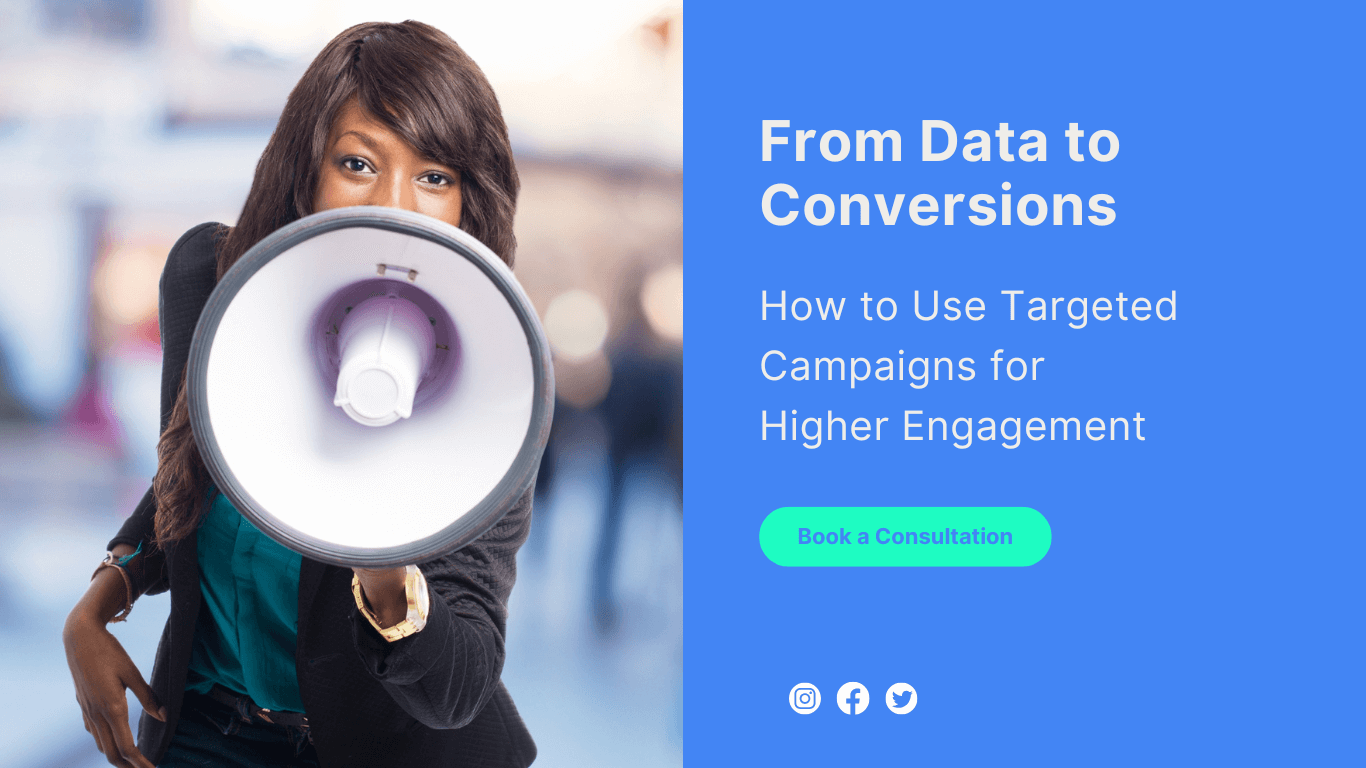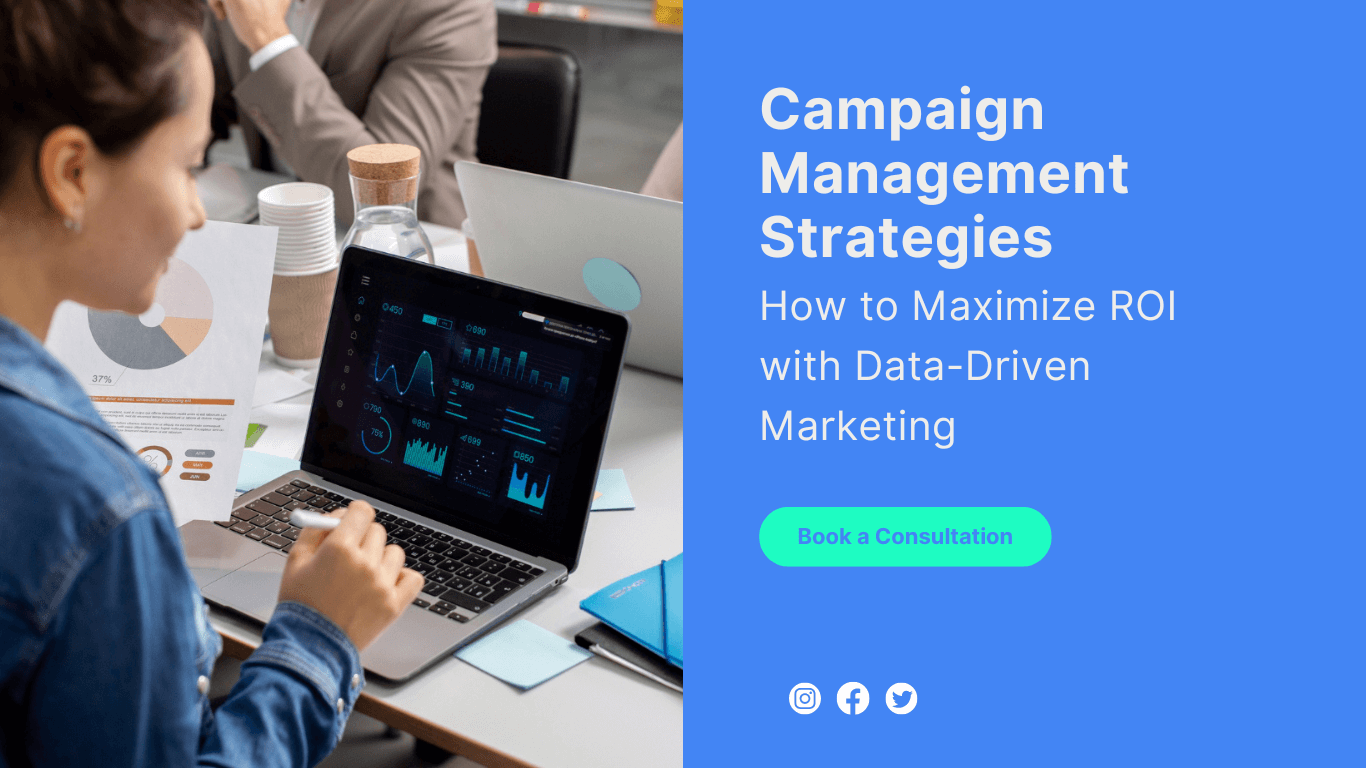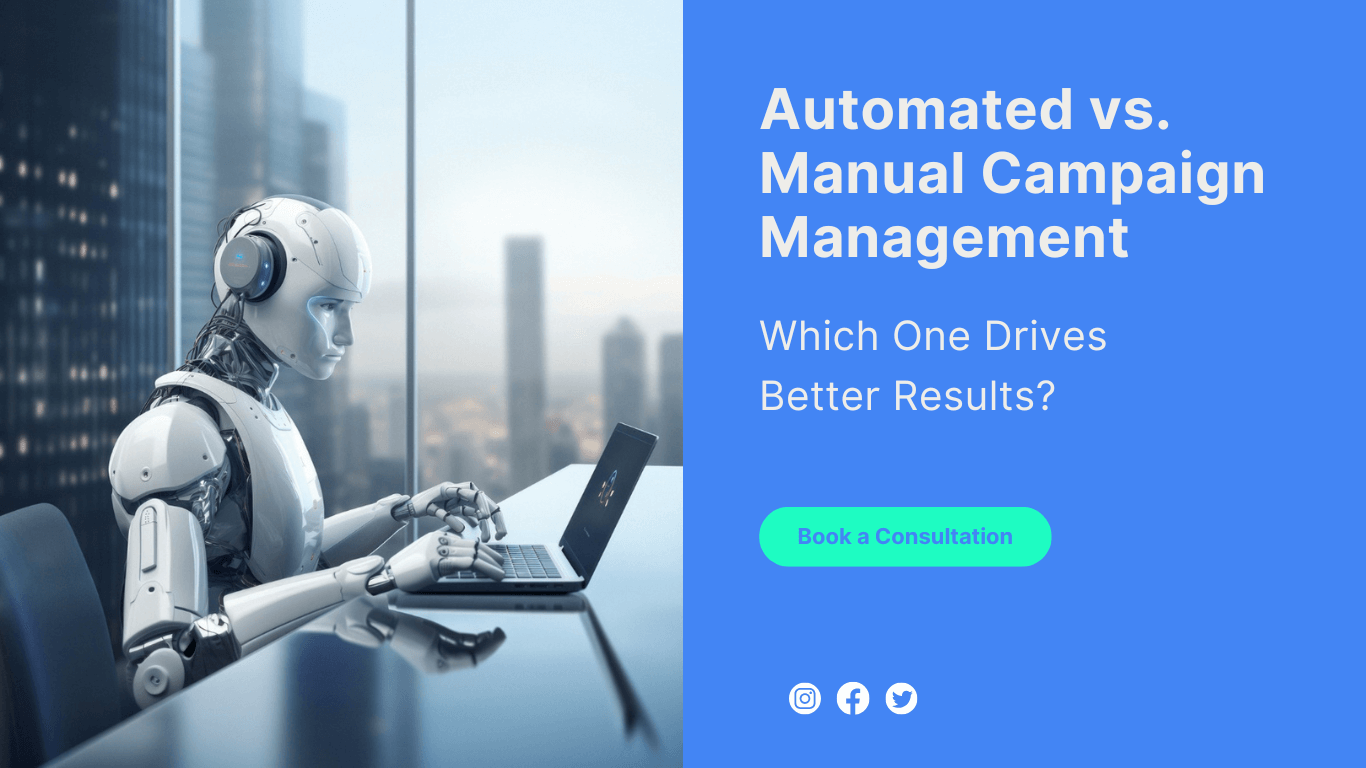Introduction
In the world of digital marketing, data is king—but not just any data. A high-quality data list is the backbone of successful marketing campaigns. Whether you’re running email outreach, paid ads, or cold calling, your results depend on the quality of your data.
A poorly maintained data list leads to low engagement, high bounce rates, and wasted marketing spend, while a well-structured list helps you reach the right audience, personalize messaging, and boost conversions.
In this article, we’ll dive deep into how to build, maintain, and leverage a high-quality data list that drives real marketing success.
Why a High-Quality Data List Matters
1. Improves Email Deliverability & Engagement
A clean, verified data list prevents your emails from ending up in spam and increases open rates.
✅ Bad List: High bounce rates, low engagement, email account flagged as spam.
✅ Good List: More opens, higher response rates, and better campaign performance.
2. Enhances Personalization & Targeting
Generic messages don’t work anymore. A segmented and enriched data list helps marketers create hyper-personalized campaigns that resonate with prospects.
📌 Example:
A SaaS company running LinkedIn ads uses job title-based segmentation. Their conversion rates jump by 40% because the messaging is highly relevant to each persona.
3. Increases ROI & Reduces Wasted Spend
Bad data leads to misdirected campaigns and wasted ad spend. A high-quality list ensures your marketing budget is used effectively, reaching only qualified leads.
📌 Example:
A B2B company spent $10,000 on ads, targeting an outdated list. Result? Low engagement. After cleansing their list, conversion rates doubled without increasing ad spend!
How to Build a High-Quality Data List
Step 1: Identify Your Ideal Customer Profile (ICP)
Before collecting data, you must define who your ideal customers are.
🔹 Industry & Company Size
🔹 Job Titles & Roles
🔹 Pain Points & Challenges
🔹 Buying Behavior & Budget
📌 Example:
A cybersecurity firm targets CISOs in enterprises with 500+ employees. This ensures their outreach efforts are laser-focused.
Step 2: Collect Data from Reliable Sources
A data list is only as good as its source. Use multiple channels to gather accurate and up-to-date information.
✔️ LinkedIn & Social Media – Scrape professional data from profiles.
✔️ Company Websites – Use website directories and about pages.
✔️ Lead Generation Tools – Use Apollo.io, ZoomInfo, and Clearbit.
✔️ Web Forms & Opt-ins – Offer lead magnets (eBooks, webinars, free trials).
📌 Pro Tip: NEVER buy data lists! They are often outdated and filled with low-quality or fake contacts.
Step 3: Clean & Verify Your Data Regularly
Dirty data kills marketing performance. Ensure your list is always up to date.
🔹 Remove duplicates & fake emails
🔹 Fix formatting issues (e.g., typos, capitalization)
🔹 Validate emails with tools like NeverBounce, ZeroBounce
🔹 Check job roles & update contact details regularly
📌 Example:
A tech firm cleanses its CRM quarterly and improves email engagement by 25% due to better data accuracy.
Step 4: Segment Your Data for Better Targeting
A segmented list allows you to send the right message to the right audience.
Ways to Segment Your List:
✅ Demographics – Job title, location, industry
✅ Behavioral Data – Website visits, downloads, webinar attendance
✅ Lead Source – Where they signed up (ad, event, referral)
✅ Customer Status – New leads, engaged prospects, past customers
📌 Example:
An eCommerce store segments its email list by purchase history. Their personalized recommendations boost sales by 30%!
How to Use Your Data List Effectively in Marketing Campaigns
1. Email Marketing
A clean, segmented email list ensures better open rates, click-throughs, and conversions.
✅ Personalized subject lines & dynamic content
✅ Automated follow-ups based on engagement
✅ A/B testing to optimize messaging
📌 Example:
A B2B company personalizes subject lines with the recipient’s company name. Their open rates increase by 22%!
2. Paid Advertising & Retargeting
Use your data list to run hyper-targeted ads on LinkedIn, Facebook, and Google Ads.
✅ Lookalike Audiences: Expand reach by targeting similar users.
✅ Custom Retargeting: Show ads only to warm leads who engaged previously.
✅ Exclude Unqualified Leads: Avoid wasting budget on irrelevant prospects.
📌 Example:
A SaaS company uploads its customer list to Facebook Ads and builds a lookalike audience. Lead conversions increase by 40%!
3. Cold Outreach & Sales Prospecting
A high-quality data list is a goldmine for sales teams.
✅ Personalized LinkedIn outreach
✅ Cold emails with relevant pain points
✅ Smart calling based on enriched insights
📌 Example:
A sales rep researches a lead’s LinkedIn activity before emailing. The lead responds immediately, impressed by the tailored message!
Final Thoughts: Quality Over Quantity Wins Every Time
A massive but outdated data list is useless. The secret to marketing success is maintaining a high-quality, segmented, and enriched list that helps you reach, engage, and convert the right audience.



























